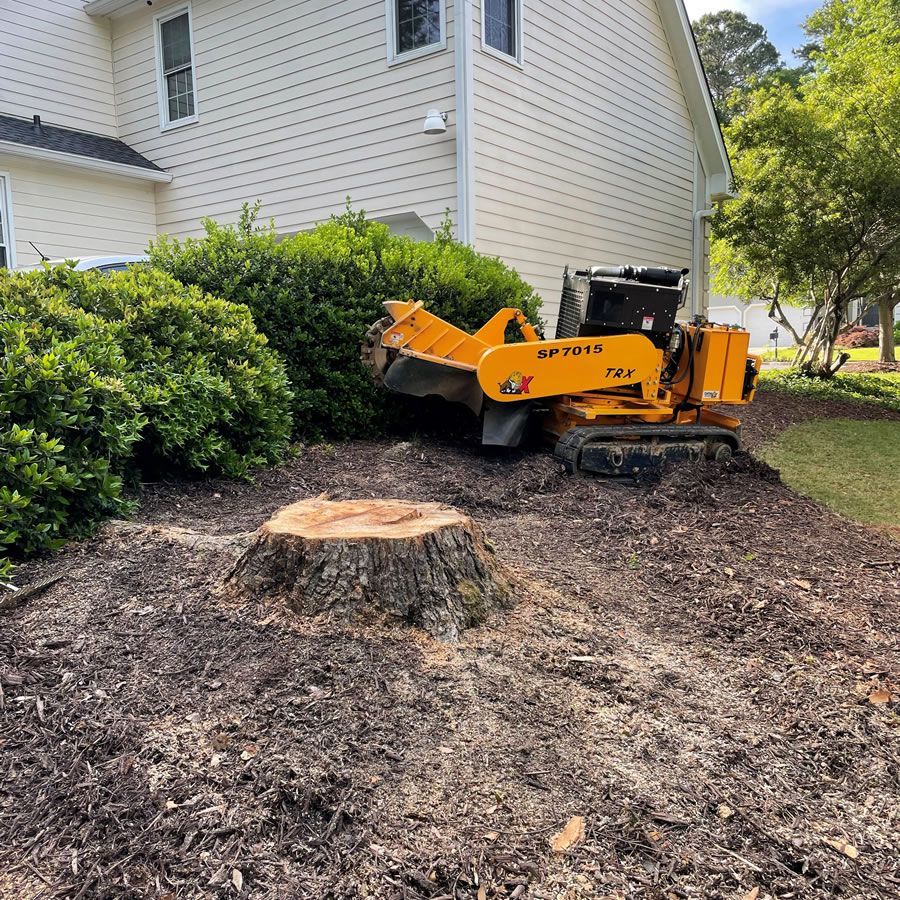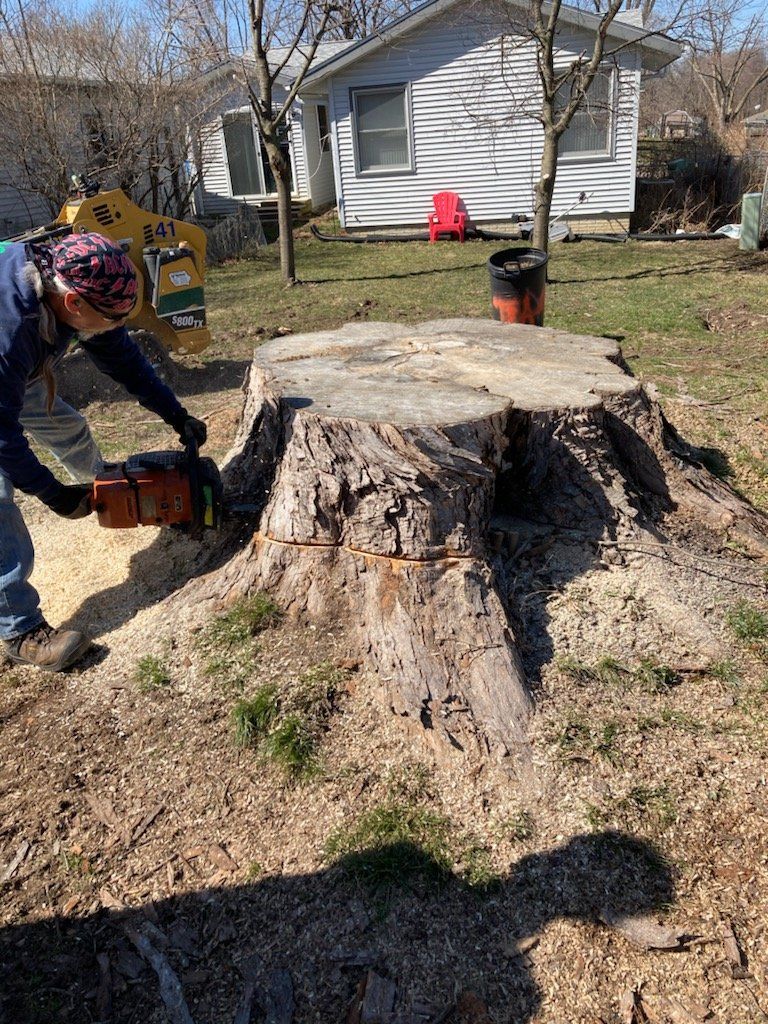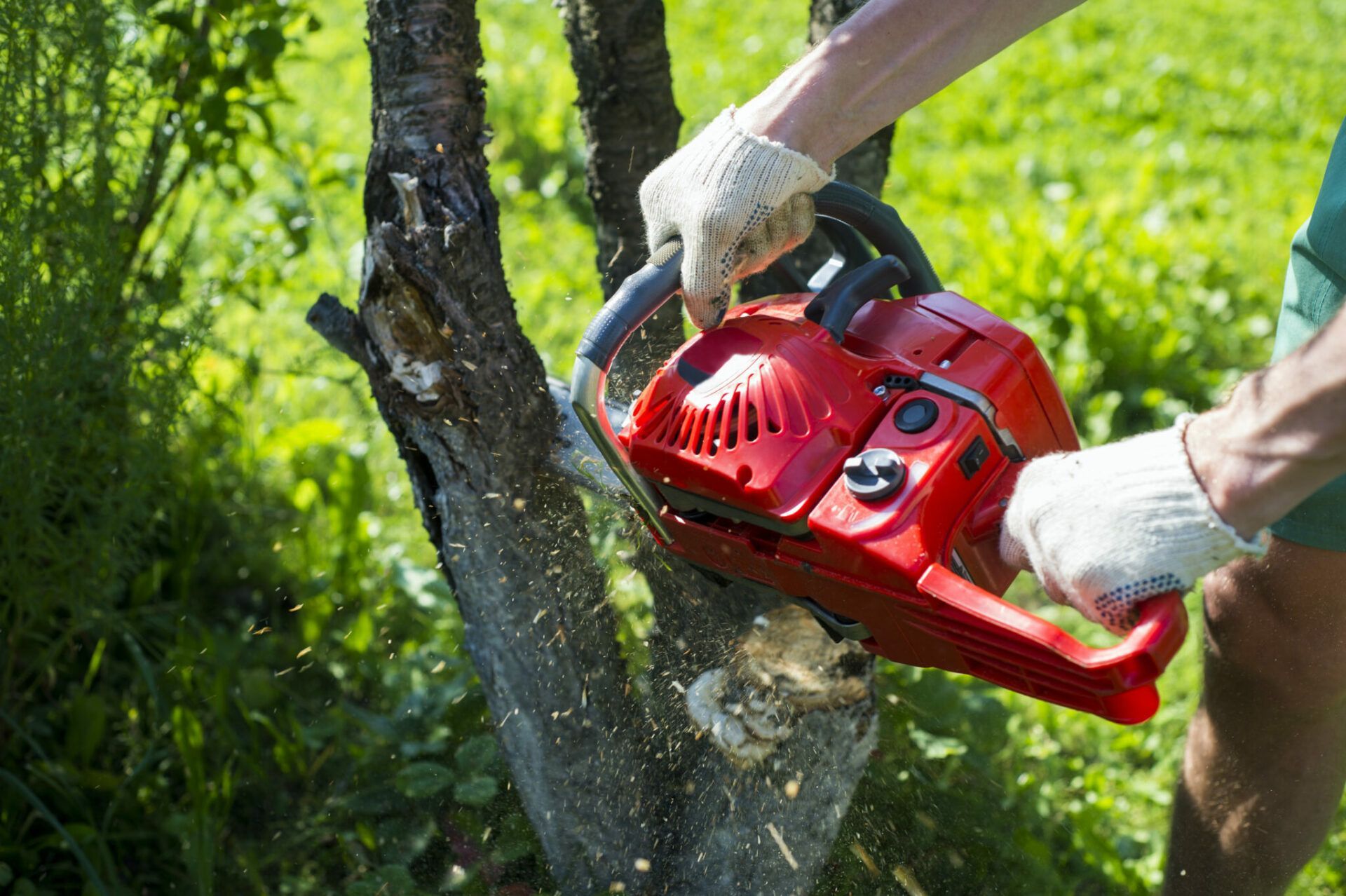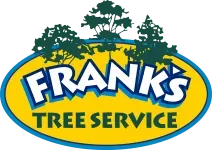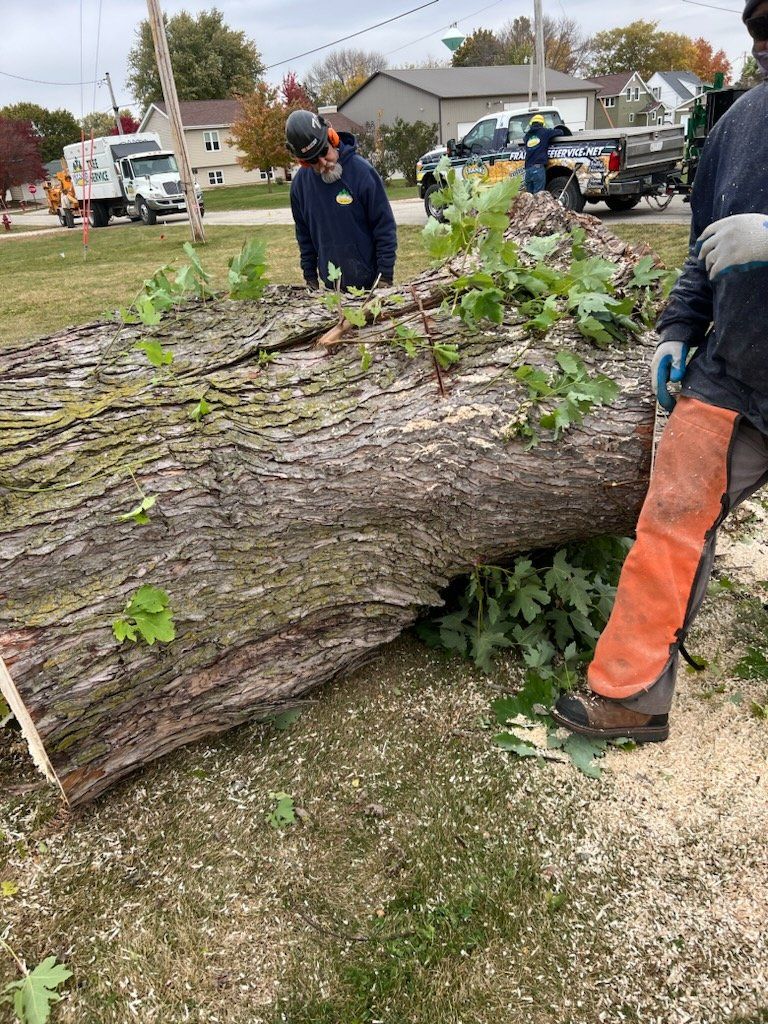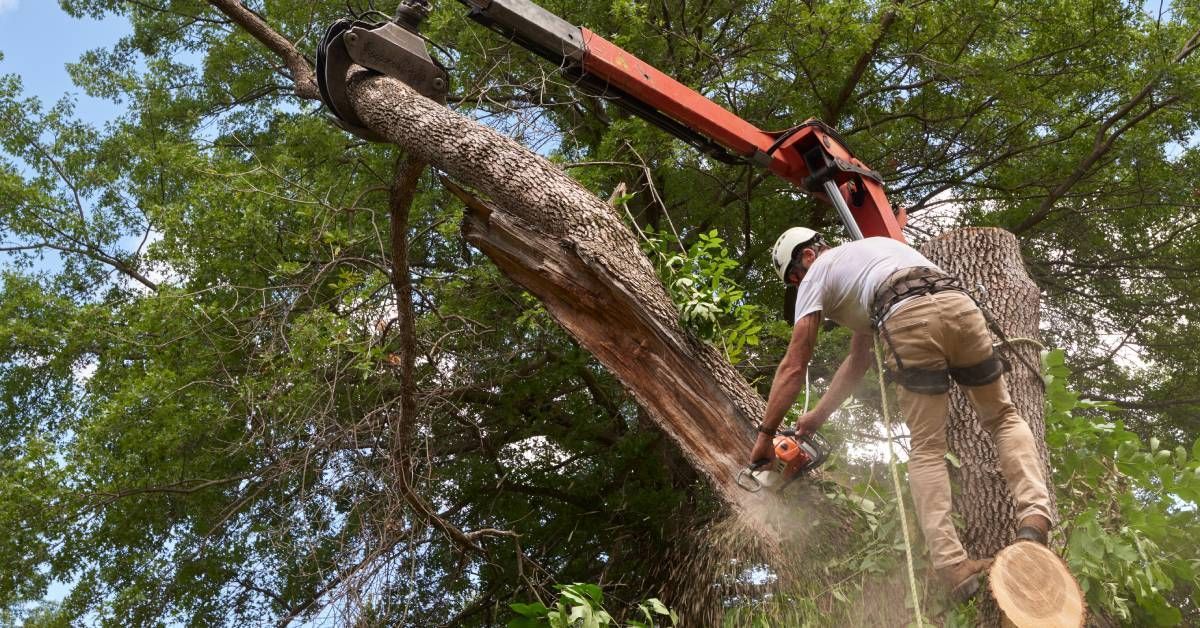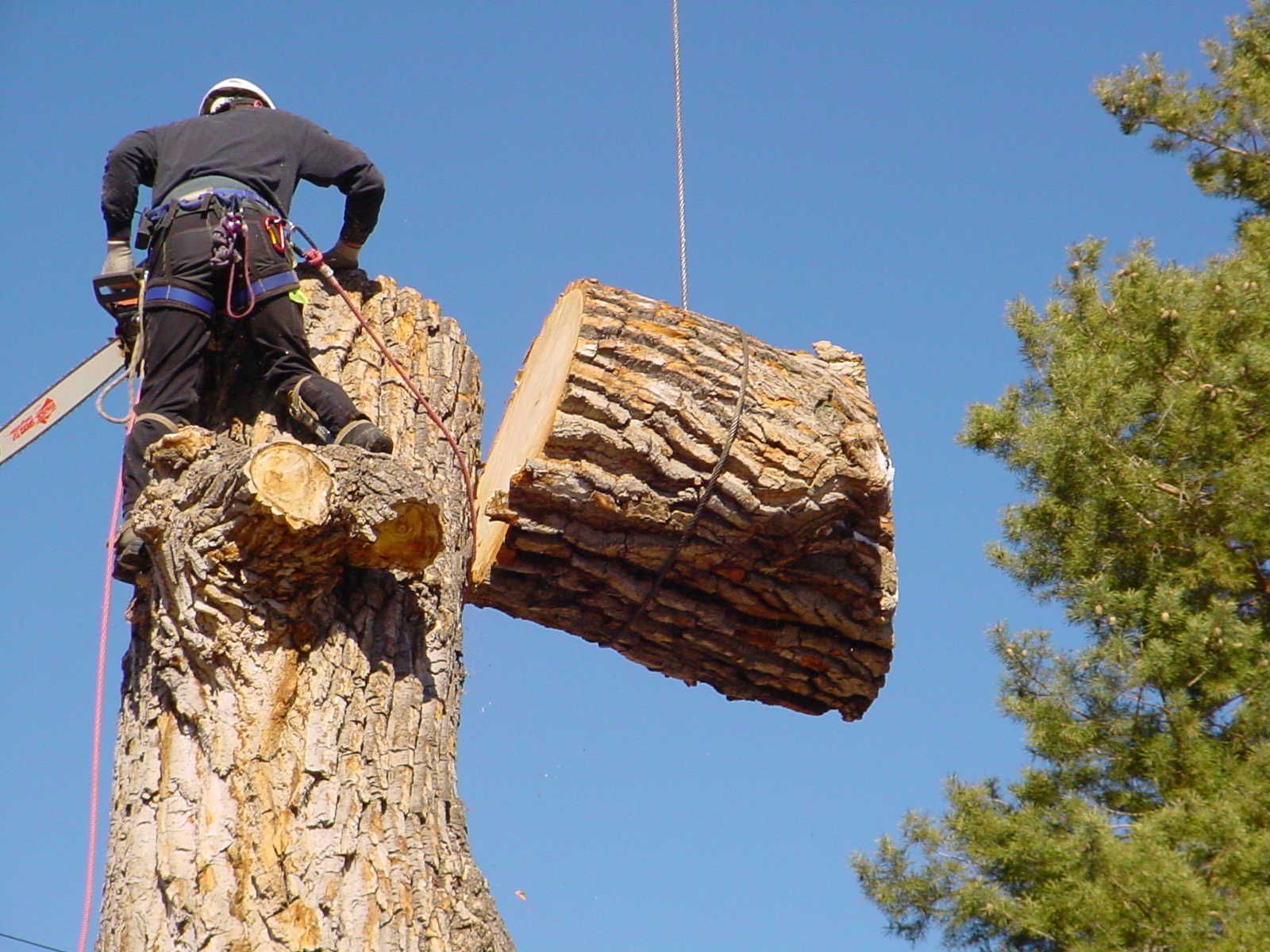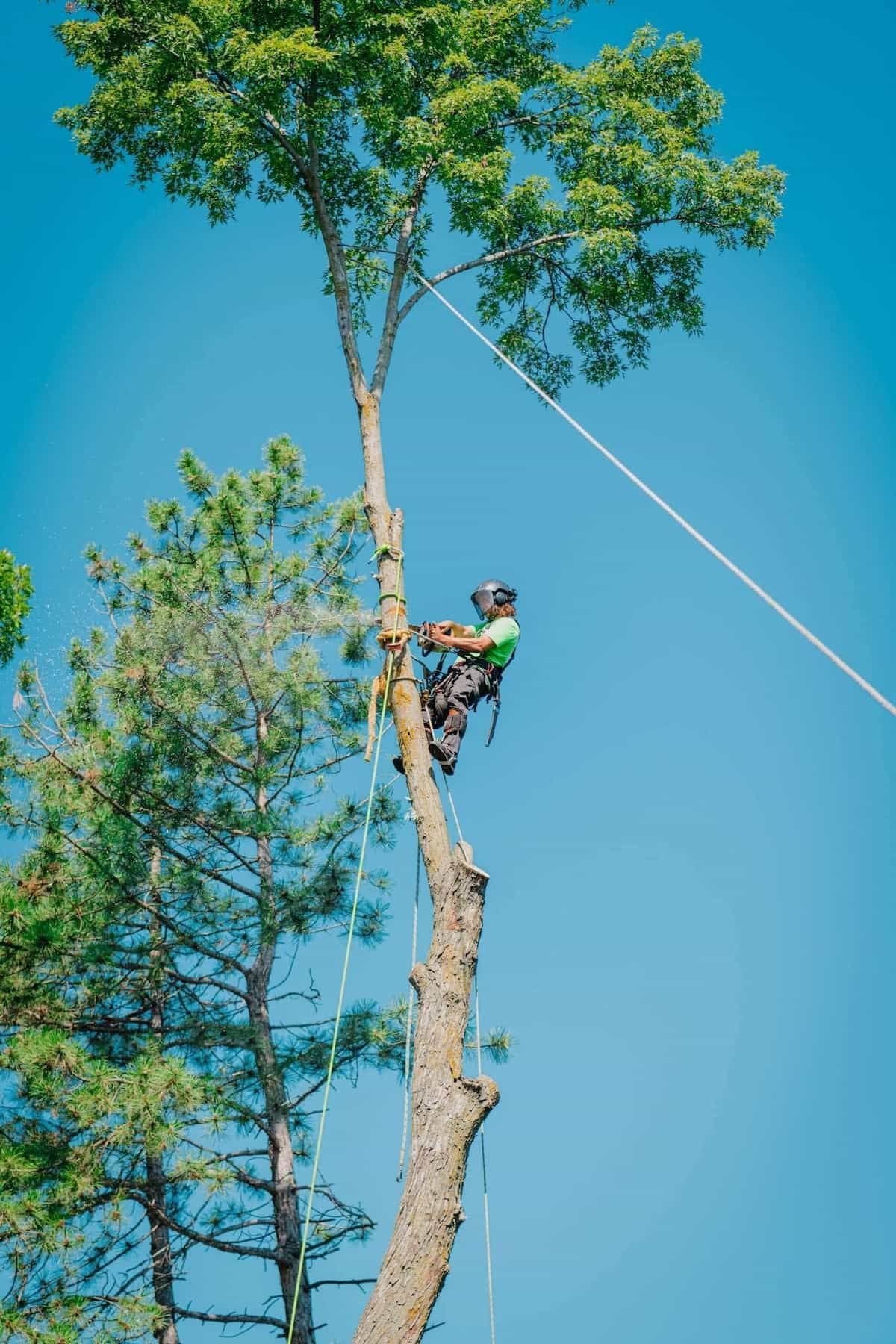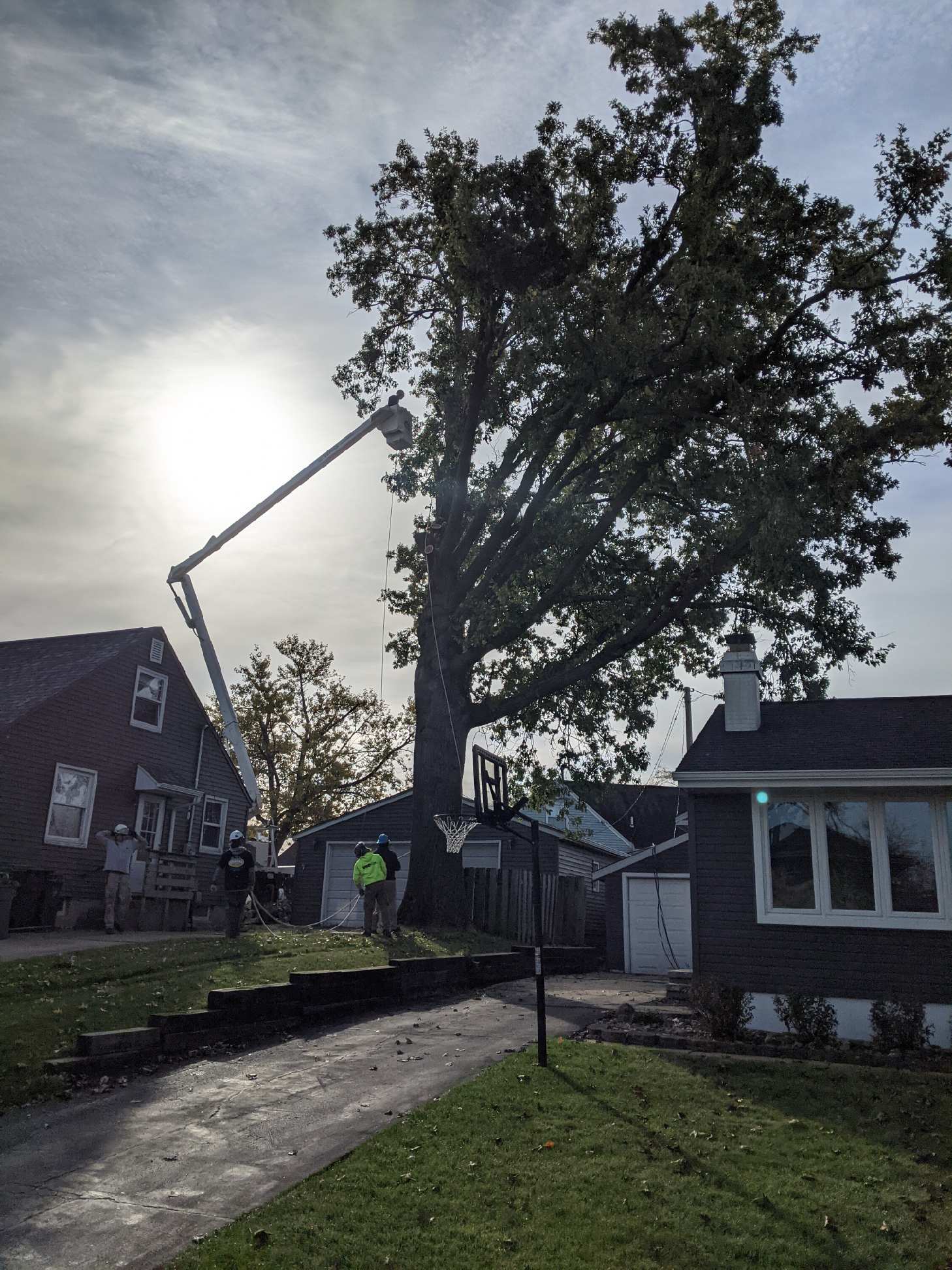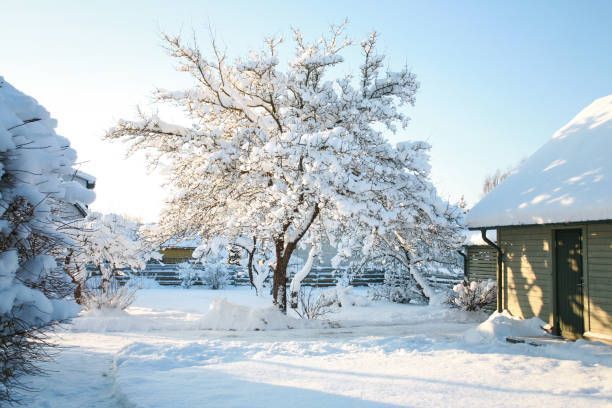7 Warning Signs Your Tree Is a Hazard
7 Warning Signs Your Tree Is a Hazard – When to Call for Tree Removal in Iowa City
Don't Wait for Disaster to Strike
Trees are a cherished part of our landscapes in Iowa City, offering shade, beauty, and even boosting property value. But sometimes, what looks like a strong, majestic tree can hide dangerous weaknesses. Knowing the signs you need tree removal could prevent property damage—or even save a life.
This blog will guide you through the key indicators that a tree has become a hazard and why timely action through hazardous tree removal in Iowa City is critical.
1. Leaning Trees: A Subtle but Serious Signal
Some trees naturally lean, but if your tree is suddenly leaning or tilting more than usual, it could be unstable.
Watch for:
- Recent shifts in the soil near the base
- Exposed roots on one side
- New cracks in the trunk or soil around it
A leaning tree often indicates structural instability, and it could fall without warning—especially during a storm.
When to call: Immediately. This is one of the most urgent signs you need tree removal.
2. Cracks and Splits in the Trunk
Visible splits, cracks, or hollow areas in a tree's trunk can seriously compromise its strength.
Common signs:
- Deep vertical cracks in the bark
- Fungal growth near splits
- Insects or small animals nesting inside
Large cracks can indicate internal decay, making the tree unpredictable and dangerous.
When to call: As soon as visible damage is detected, especially if it’s near a structure or walkway.
3. Dead or Falling Branches
Dropping branches are more than a nuisance—they’re a red flag for health and safety.
Signs of a hazardous tree:
- Bare limbs during the growing season
- Branches that snap easily or fall without wind
- A large number of dead branches on the ground
Dead limbs are not just signs of decline—they can become lethal projectiles during storms.
When to call: If multiple large limbs are dead or falling, it’s time for hazardous tree removal in Iowa City.
4. Root Damage or Decay
Tree roots are the anchors and lifelines of a tree. When they’re compromised, the tree becomes a ticking time bomb.
Signs of root trouble:
- Mushrooms or fungal growth at the base
- Soil heaving or cracking around roots
- Nearby construction that may have cut or compacted roots
Root decay often goes unnoticed until it’s too late, so any visible sign should be taken seriously.
When to call: Immediately after spotting decay or construction disturbance.
5. Hollow Trunk or Internal Rot
A hollow tree might still look healthy on the outside, but the inside tells a different story.
Common indicators:
- Knocking on the trunk produces a hollow sound
- Cavities visible in the trunk
- Woodpecker activity (a sign of insect infestations)
A tree can’t support itself indefinitely if it’s rotting from within.
When to call: If more than 30% of the trunk is hollow, removal is usually necessary.
6. Disease and Pest Infestations
Diseases and pests weaken the tree and often spread to nearby vegetation.
Look for:
- Discolored leaves or early leaf drop
- Bark peeling or discolored sap
- Presence of beetles, caterpillars, or scale insects
Some diseases spread quickly and can kill a tree in months.
When to call: If pests or disease signs affect more than a single limb, get a professional inspection fast.
7. Proximity to Power Lines or Buildings
Even a healthy tree can become a hazard if it's growing too close to infrastructure.
Risk factors include:
- Branches touching or growing near power lines
- Roots disturbing sidewalks, driveways, or home foundations
- Trees hanging over roofs or garages
The liability of falling limbs or power outages is too high to ignore.
When to call: Right away—especially if branches are within 10 feet of utility lines.
Why Hire a Professional for Hazardous Tree Removal in Iowa City
Removing a hazardous tree is not a DIY project. It requires skill, precision, and the right equipment.
Here’s why you need a pro:
- Safety: Trained arborists understand how to dismantle trees without damaging nearby structures.
- Legal compliance: Iowa City tree ordinances may require permits for certain removals.
- Efficient cleanup: Professionals haul away debris, grind stumps, and restore your yard.
- Insurance support: Pros can help you document the hazard for insurance claims.
Frank’s Tree Service offers fast, affordable, and fully insured hazardous tree removal in Iowa City with 24/7 emergency availability.
Frequently Asked Questions
Q1: What’s the most dangerous sign of a hazardous tree?
A: Sudden leaning or cracks in the trunk are among the most critical red flags. These suggest the tree could fall without warning.
Q2: Can a healthy-looking tree still be dangerous?
A: Yes. Root damage or internal rot often go unnoticed until the tree collapses. A professional inspection is the best way to be sure.
Q3: Will the city remove a hazardous tree on my property?
A: Typically, property owners are responsible. However, if the tree is on public land or near utilities, Iowa City may intervene.
Q4: What should I do if a tree falls during a storm?
A: Call an emergency tree removal service immediately. Document the damage with photos for your insurance claim.
Q5: Is it cheaper to remove a tree before it becomes hazardous?
A: Absolutely. Proactive removal or pruning is safer and often more affordable than emergency removal after a failure.
Q6: How do I know if I need a permit for removal in Iowa City?
A: It depends on the tree's location and size. Frank’s Tree Service can help determine this and handle the permit process for you.
Don’t Ignore the Warning Signs
The best time to act on a hazardous tree is before it causes damage. Whether you’ve noticed cracks, decay, or suspicious leaning, taking early action can protect your property and loved ones.
If you’ve seen any of these signs you need tree removal, don’t wait—reach out to the experts at Frank’s Tree Service for prompt and professional hazardous tree removal in Iowa City. We'll help you assess the risk, navigate local rules, and keep your landscape safe and beautiful.
